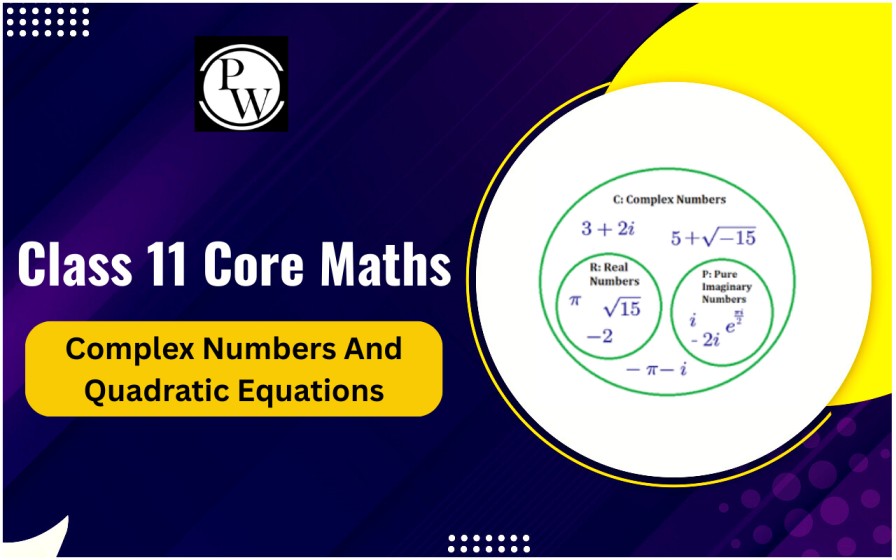

An organizational structure is a framework that defines how certain tasks are directed in order to fulfill an organization's objectives. Rules, roles, and obligations are examples of such activities.
The organizational structure also governs how information moves inside the corporation. In a centralized structure, for example, decisions are made from the top down, but in a decentralized structure, decision-making authority is divided across multiple levels of the organization.What is an Organization?
An organization is a collective entity comprising individuals, resources, and structures designed to pursue a predetermined mission or set of objectives. It operates through a defined hierarchy or structure, with individuals assigned specific roles and responsibilities.Organizational Structure Meaning
Organizational structure is the formal framework that defines how tasks, responsibilities, and authority are distributed within an entity, whether it's a business, nonprofit organization, or any other group. It serves as a blueprint that outlines the hierarchy, reporting relationships, and the flow of communication and decision-making.Types of Organizational Structure
There are several types of organizational structures, each with its unique characteristics and advantages. Following are a few common types of organizational structures:Functional Structure:
In a functional structure, the organization is divided into departments based on specific functions or activities, such as marketing, finance, and operations. This structure fosters specialization and efficiency within each department but can sometimes lead to communication challenges between different functions. Benefits:- Functional structures allow employees to specialize in their respective areas, fostering expertise and efficiency.
- With well-defined roles and reporting relationships, it's easier to establish accountability and decision-making authority.
- Communication between different functions can be challenging, potentially leading to silos and coordination issues.
- Adapting to external changes or market shifts may be slower due to the hierarchical nature of functional structures.
Divisional Structure:
In a divisional structure, the organization is organized into self-contained divisions, each responsible for its own products, services, or geographic regions. This structure promotes flexibility and quick decision-making within each division but may result in duplication of resources across divisions. Benefits:- Divisions can be organized around customer segments, leading to tailored products or services and improved customer satisfaction.
- Divisions can make decisions independently, allowing for faster responses to market changes.
- Each division may duplicate resources (e.g., marketing or HR), leading to inefficiencies and increased costs.
- Divisions may not share knowledge or resources effectively, hindering organizational learning.
Matrix Structure:
Both functional and divisional structural components may be found in the matrix structure. It involves employees belonging to multiple teams or reporting to both functional managers and project managers. This structure encourages cross-functional collaboration but can create complexity in reporting relationships. Benefits:- Matrix structures encourage cross-functional collaboration, leveraging diverse expertise for complex projects.
- Employees can work on various projects simultaneously, developing a broader skill set.
- Confusion may arise regarding roles and responsibilities due to dual reporting relationships.
- Differences in priorities between functional and project managers can lead to conflicts and power struggles.
Flat Structure:
In a flat structure, there are few hierarchical layers, and employees have more autonomy and direct access to leadership. This fosters a sense of ownership and agility but may lack clear career progression paths. Benefits:- Flat structures enable faster decision-making as there are fewer layers of approval.
- Employees often have more autonomy and influence, which can boost motivation and creativity.
- Without a clear hierarchy, there may be ambiguity in authority and accountability.
- Opportunities for vertical career progression may be limited in flat structures.
Hierarchical Structure:
A hierarchical structure is characterized by clear, vertical layers of authority and decision-making, with each level reporting to the one above it. This structure provides stability and well-defined roles but can slow down communication and innovation. Benefits:- Hierarchies establish clear lines of authority and responsibility, reducing ambiguity.
- These structures are often stable and well-suited for organizations with routine operations.
- Hierarchies can lead to slow decision-making processes, especially for complex issues.
- Rigidity in hierarchical structures may stifle innovation and creativity.
Network Structure:
A network structure relies on collaboration and partnerships with external organizations, suppliers, and contractors to perform various functions. It offers flexibility and access to specialized resources but requires effective coordination among network members. Benefits:- Organizations can tap into external expertise and resources as needed.
- The network structure allows for adaptability to changing market conditions and demands.
- Coordinating activities among network members can be complex and require effective management.
- Over-dependence on external partners can create vulnerabilities if those partners face issues.
Team-Based Structure:
In a team-based structure, the organization is organized around cross-functional teams responsible for specific projects or tasks. This structure promotes collaboration, innovation, and employee engagement but may require strong leadership to manage inter-team dynamics. Benefits:- Team-based structures foster collaboration and innovation as employees work closely on shared goals.
- Team members often have higher job satisfaction due to increased involvement in decision-making.
- Interpersonal conflicts within teams can arise and affect productivity.
- Managing resources and aligning team efforts with organizational goals can be challenging.
Centralized Organizational Structure Vs Decentralized Organizational Structure
We have provided a table below, summarizing the key differences between centralized and decentralized organizational structures:| Aspect | Centralized Structure | Decentralized Structure |
| Authority | Concentrated at the top levels | Distributed across the organization |
| Hierarchy | Tall with multiple management layers | Flatter with fewer layers |
| Decision-Making | Top-down; limited autonomy | Empowers lower-level managers |
| Communication | Top-down | Bidirectional, fosters feedback |
| Response Time | Slower due to higher-level approval | Faster, closer to action |
| Adaptability | Less adaptable to change | More adaptable to change |
| Control | Tight control, consistent decisions | Greater local autonomy |
| Innovation | Slower innovation | Encourages innovation |
| Risk Management | May struggle with risk management | Distributes risk management |
| Employee Morale | This may result in lower morale | Often leads to higher morale |
Organizational Structure FAQs
Can organizations change their structure over time?
Yes, organizations can adapt their structure as they grow.
What are the types of organizational structures?
Types include functional, divisional, matrix, flat, hierarchical, network, and team-based structures.
What are the advantages of a flat organizational structure?
Benefits include quicker decision-making, increased employee autonomy, and a more agile organization.
What are the disadvantages of a hierarchical organizational structure?
Drawbacks include slower decision-making, the potential for innovation stagnation, and communication challenges.
How does a matrix organizational structure work?
Matrix structures involve employees reporting to both functional managers and project managers, facilitating cross-functional collaboration.
Talk to a counsellorHave doubts? Our support team will be happy to assist you!

Check out these Related Articles
Free Learning Resources
PW Books
Notes (Class 10-12)
PW Study Materials
Notes (Class 6-9)
Ncert Solutions
Govt Exams
Class 6th to 12th Online Courses
Govt Job Exams Courses
UPSC Coaching
Defence Exam Coaching
Gate Exam Coaching
Other Exams
Know about Physics Wallah
Physics Wallah is an Indian edtech platform that provides accessible & comprehensive learning experiences to students from Class 6th to postgraduate level. We also provide extensive NCERT solutions, sample paper, NEET, JEE Mains, BITSAT previous year papers & more such resources to students. Physics Wallah also caters to over 3.5 million registered students and over 78 lakh+ Youtube subscribers with 4.8 rating on its app.
We Stand Out because
We provide students with intensive courses with India’s qualified & experienced faculties & mentors. PW strives to make the learning experience comprehensive and accessible for students of all sections of society. We believe in empowering every single student who couldn't dream of a good career in engineering and medical field earlier.
Our Key Focus Areas
Physics Wallah's main focus is to make the learning experience as economical as possible for all students. With our affordable courses like Lakshya, Udaan and Arjuna and many others, we have been able to provide a platform for lakhs of aspirants. From providing Chemistry, Maths, Physics formula to giving e-books of eminent authors like RD Sharma, RS Aggarwal and Lakhmir Singh, PW focuses on every single student's need for preparation.
What Makes Us Different
Physics Wallah strives to develop a comprehensive pedagogical structure for students, where they get a state-of-the-art learning experience with study material and resources. Apart from catering students preparing for JEE Mains and NEET, PW also provides study material for each state board like Uttar Pradesh, Bihar, and others
Copyright © 2025 Physicswallah Limited All rights reserved.











